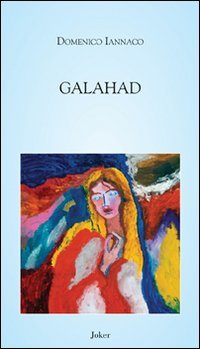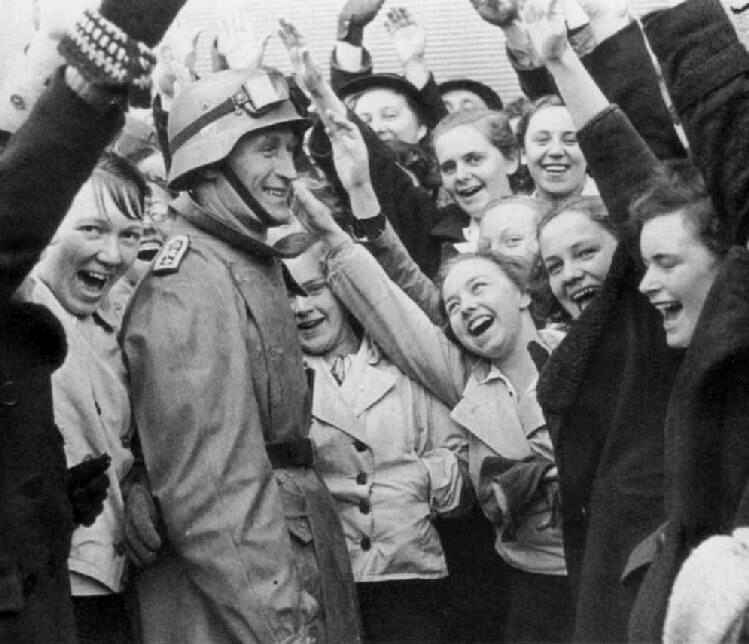 |
| Courtyard at Kellogg, Rewell House |
Since that last entry about Domenico Iannaco's Galahad I have been away three days out of five and feeling a little under the weather.
After the CLPE judging in London on Wednesday I returned to London again on Thursday for the launch of Ágnes Lehóczky's new book, Carilloneur, at the Hungarian Cultural Centre. I felt I had to be there because Ági is not only an ex-student but a fellow Hungarian, by now an old friend and a fascinating writer of prose poems. I am pretty sure that her earliest prose poems were born out of her love for Ágnes Nemes Nagy, and she did after all write the first English book-length study of Nemes Nagy, but she has since progressed to a kind of dialogic exploration of the way places are superimposed like palimpsests, in what might be considered a version of psychogeography but less to do with self location than with history and memory. I was to be one of the three introducers to the evening.
It's quite a long journey down - about three hours from door to door each way - and I wasn't feeling quite well (I had been suffering a seasonal, possibly allergic cough for a couple of weeks and had slept badly). I was rough when I started and was worse on the way home where, first, I met poet and literary agent, Isobel Dixon, travelling from London to Cambridge so we chatted a little, then, on the Cambridge-Wymondham leg, bumped into Tamsin Flower returning from a performance-and-critics meeting at a theatre in Cambridge, so it was all talk and cough again, arriving home some time after midnight. These meetings are a pleasure but if they hadn't happened I would have happily dozed off.
By the time Friday came round I was more exhausted than I had been for a while and, sleeping badly again, spent the morning in bed. I was worrying about the teaching and reading I was due to do on Monday in Oxford at Kellogg College where I am invited once a year by the MSt course in Creative Writing. The visit involves two three-hour workshops and a reading where the whole event, including questions and talk, is about an hour long, involving therefore some seven hours of public voice as well as the charms of conversation. This time the day was in danger of becoming a very long coughing fit.
Normally I would travel by train (about 5 hours each way): out on Sunday, returning on Tuesday morning after breakfast. but partly because I was run down, and partly (indeed chiefly) because I suddenly realised I couldn't get back in time for a blood test I had absent-mindedly set up as first part of a general check-up on Tuesday morning, I asked to change the accommodation booking to just one night in a twin-room in college, which kindly Becca Rue at Kellogg managed to do, and I asked Clarissa to come with me. Saint that she is, she agreed so that we could drive home - or rather she could drive home - after the reading at night and be back in time for me to attend the surgery. Friday sleep was good.
With this in mind I wrote a litle on Saturday and read all the pre-work for Monday (about thirty pieces), making notes on every poem, then, after another decent sleep, we drove over to Oxford on Sunday.
Sunday night was bad for sleep again but once Monday arrived I was fine as usual. The two classes were a great pleasure, and the reading in the evening, with a lot of new poems, was as enthusiastically-received as I have ever known, the applause long and loud. I meet old friends there: Clare Morgan, Jane Draycott, Amal Chatterjee, Jamie McKendrick, Patrick McGuinness, Jon Stallworthy and others. The students were great. We had a drink afterwards and talked a little then set off.
*
Just before we set out from home a strange, disorientating and traumatic event occurred. While I was closing one of the two back doors of the house, Clarissa was at the other, getting the cats into place, separating them. The little one, Lily, ran out through the cat flap just when she shouldn't have and Clarissa fell, banging her head. As she cried out the other cat, Pearl, leapt on her back and started frenziedly attacking her back and arm, leaving deep bloody gouges and bruises though we did not yet know that. All I heard was a cry then two or three other shrill cries that sounded as though the cats were fighting. But the cries were Clarissa. When I rushed in she was on her knees and still out of breath. But she said she was all right, quickly pulled herself together and we set out. I drove most of the day till navigation was required then Clarissa took over. Everything was fine and calm. About four hours there
It was only when we got to Oxford that we discovered how deep the gouges were. Blood had soaked through her sleeve and her back. They were worryingly deep and I was concerned about tetanus or some other infection so urged her to go to a doctor. We asked in college and the suggestion was that she should drive over to the A&E at Radcliffe Hospital which was supposed to be not too bad in the middle of a Monday. So I got on with the teaching and coughing and she drove over to the hospital where she waited three hours before being seen and told that there was nothing to worry about, though the wounds did shock the doctor. From there she went on to meet her sister, Hilary, returning to Kellogg in time for evening meal and the reading. Home drive at night on clear roads is an hour shorter.
She has since been to the local surgery where she was given a booster tetanus jab just in case, and I have had my blood test and something new for the cough. It seems to be helping. Tomorrow I am home but on Thursday in London again. On Friday I read in Norwich. The following week the health-check up then a flight to Boston USA for two nights.
Meanwhile, what to do about the cat?...










